By Michael Hull
No American president has had to shoulder heavier burdens than Franklin D. Roosevelt did in the tense months after Japanese carrier planes crippled the Pacific Fleet at Pearl Harbor on December 7, 1941. After striving to guide his countrymen out of the Great Depression, with only partial success, FDR had to lead his woefully unprepared nation into the global war against fascism. America’s vast military and economic resources had to be channeled and effectively harnessed, and there was no time to lose.
While American fortunes ebbed in the Far East and German submarines prowled just off the East Coast, the handicapped president faced both grim daily news and daunting tasks. Just his long, frustrating struggle to persuade labor and profit-hungry industrialists to retool for war production was enough to prostrate a younger, healthier man.
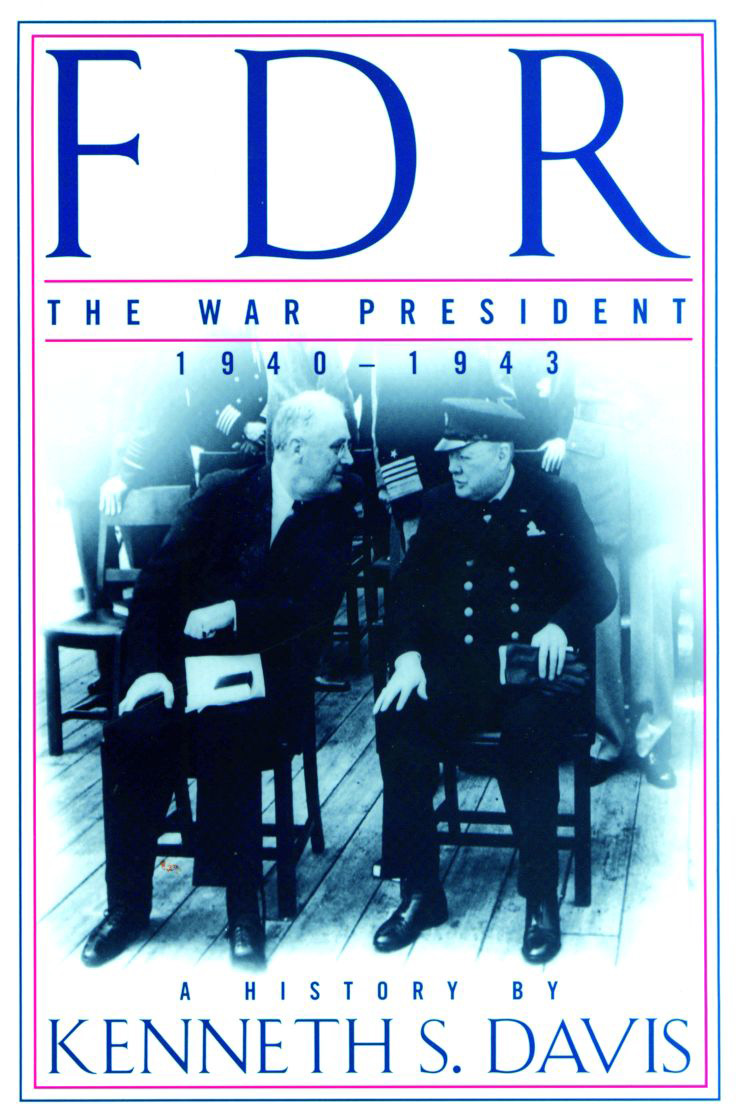 Yet, as Kenneth S. Davis relates in FDR: The War President 1940-1943 (Random House, New York, NY, 2001, 850 pp., notes, index, $39.95 hardcover), Roosevelt coped valiantly while working tirelessly. He kept calm in the face of adversity during much of 1942, and never lost his deep-seated Anglican faith, optimism, vigor, or the cheery charisma that had endeared him to millions.
Yet, as Kenneth S. Davis relates in FDR: The War President 1940-1943 (Random House, New York, NY, 2001, 850 pp., notes, index, $39.95 hardcover), Roosevelt coped valiantly while working tirelessly. He kept calm in the face of adversity during much of 1942, and never lost his deep-seated Anglican faith, optimism, vigor, or the cheery charisma that had endeared him to millions.
The burden of power wearied Roosevelt and took a toll on his health, but he maintained a firm grip on the national reins. Like his newfound ally and friend, British Prime Minister Winston Churchill, FDR committed every fiber of his being to defeating the Axis powers, and he never doubted an eventual Allied victory even when things were blackest.
As Davis reveals with infinite personal detail, understanding, and eloquence in the fifth volume of his monumental biography, Roosevelt found it increasingly necessary to renew his strength through frequent retreats to his spacious but unostentatious “big house” in the scenic Hudson River Valley of New York. There, he loved to drive his blue, hand-operated 1936 Ford Phaeton into Hyde Park and mingle with the locals and to gaze out of his windows across the 290 acres of hayfields and thick woods to the broad river that coursed through his spiritual veins.
No other biographer has endeavored so exhaustively to get inside the shell of the nation’s enigmatic 32nd president, and no other has succeeded in crafting such an intimate and finely shaded portrait. It is sympathetic yet eminently objective.
From the perspective of the Oval Office, Davis takes the reader through the tumultuous years of 1942 and 1943, highlighting the setbacks in the Pacific from Manila to Singapore to Java; the birth of the grand alliance and FDR’s staunch support of embattled Britain through the unprecedented Lend-Lease program; the building of the “great arsenal of democracy,” and its unfulfilled potential; the turning points at Midway, El Alamein, and Stalingrad; the first Allied offensives in the Solomon Islands and North Africa; the beginnings of the massive U.S. air and ground buildup in the British Isles; the Mediterranean operations that strained Allied command relations; the invasions of Sicily and Italy, and the great amphibious landings and carrier task-force thrusts in the Pacific.
The narrative also ranges with admirable scope and depth across such momentous events and developments as the Atlantic Charter and the origins of the United Nations; Adolf Hitler’s “final solution” and how Roosevelt and the State Department reacted to it; the building of the atomic bomb; the tangled dealings with Vichy France and the slaying of wily Admiral Jean-François Darlan; the Argentina, Arcadia, Moscow, Quebec, and Cairo conferences, and the idealistic president’s attempts to win the trust of the cunning, ruthless “Uncle Joe” Stalin.
Besides Churchill and the Soviet leader, the author finely draws a cast of characters that includes Generals George C. Marshall, Dwight D. Eisenhower, Douglas MacArthur, and Charles de Gaulle; Generalissimo Chiang Kai-shek, Cordell Hull, Averell Harriman, Harry S Truman, Charles Lindbergh, Henry Stimson, Henry Morgenthau, Wendell Willkie, Henry A. Wallace, William Knudsen, Sidney Hillman, William Allen White, Joseph P. Kennedy, and the brilliant, frail global emissary, Harry Hopkins. Davis also sensitively profiles the women in Roosevelt’s life, many of whose devotion sustained him. They include his tireless, widely admired wife, Eleanor; his formidable mother, Sara Delano Roosevelt; his close friend, Margaret “Daisy” Suckley; his loyal aides, Marguerite “Missy” LeHand and Grace Tully; and the vivacious Crown Princess Martha of Norway, whom he loved.
While Davis, who died before he could complete his landmark series, was scholarly and literate, his narrative style is long-winded in the Victorian manner. His sentences meander, and this book is hardly a quick read. However, the reader who persists will find it immediate and enthralling.
This is a highly rewarding study of how “that man in the White House” faced and orchestrated America’s first two years of global war.
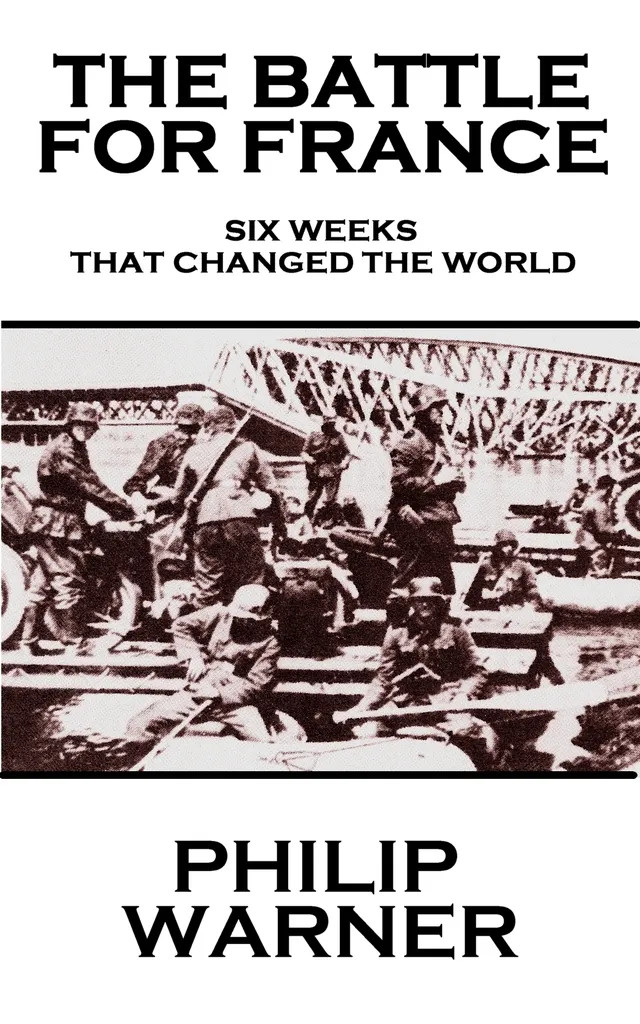 The Battle of France, 1940 by Philip Warner, Cassell & Co., London, 2001; 275 pp.; 19 photographs, maps, chronology, index, $9.95 paper.
The Battle of France, 1940 by Philip Warner, Cassell & Co., London, 2001; 275 pp.; 19 photographs, maps, chronology, index, $9.95 paper.
At 5:30 on the morning of May 10, 1940, a stunning new mode of warfare was unleashed as German armor and infantry columns invaded Holland, Belgium, and Luxembourg.
Within four days, Panzer squadrons rolled out of the seemingly impassable Ardennes Forest and established three bridgeheads across the River Meuse. They pushed into the heart of France, and on May 20 reached Abbeville and the English Channel coast. A 50-mile breach was smashed in the Allied line.
The French Army—the most powerful in Europe—reeled under the hammer of blitzkrieg, and farther to the north, Field Marshal Lord Gort’s small but professional British Expeditionary Force (BEF) fared little better. Mauled in a gallant counterattack at Arras on May 21, it was pushed onto the defensive and forced to retreat to Dunkirk.
Boulogne fell on May 25, and Calais on May 27. Belgium surrendered the next day, and Lille, Ostend, and Ypres were overrun on May 29. Between May 27 and June 4, 338,000 British and French troops were snatched under fire from the Dunkirk beaches in a miraculous evacuation.
The remaining BEF units surrendered at St.-Valery-en-Caux on June 12. Paris fell two days later, and France capitulated on June 22.
It was an unprecedented disaster, and the only occasion in World War II when a great power was defeated in the course of a single campaign. At the time, no one—not even the Germans—could understand how or why it happened.
Philip Warner, a former instructor at the Royal Military Academy, Sandhurst, explains why France fell so swiftly and dramatically in this brilliantly lucid, well-informed, and sympathetic study of the six weeks that shook the world. It is a highly reliable contribution to any study of the grim early months of the war.
The author explains that while individual units and soldiers, such as General Charles de Gaulle, fought steadfastly to stem the German tide, the French Army was too defense-minded, was badly deployed tactically and strategically, and was commanded by men who had no faith in victory. As the first commander-in-chief, the fatalistic General Maurice Gamelin, predicted, “Things are going to be terrible.”
Gallantry in the field was not enough to prevent France’s defeat, said Colonel Adolph Goutard, a World War I hero and later historian.
In short, as Warner points out, France lacked in 1940 someone of the caliber of Marshal Ferdinand Foch or Marshal Joseph Joffre, who did not despair at the end of August 1914, when everything seemed lost. Defeatism, disunity, and a lack of resolve—coupled with bitter memories of 1914-1918—sapped the French Army in 1940 and ensured German victory.
Above all, France lacked a Clemenceau or a Churchill at its helm.
This book is concise, well reasoned, and thorough.
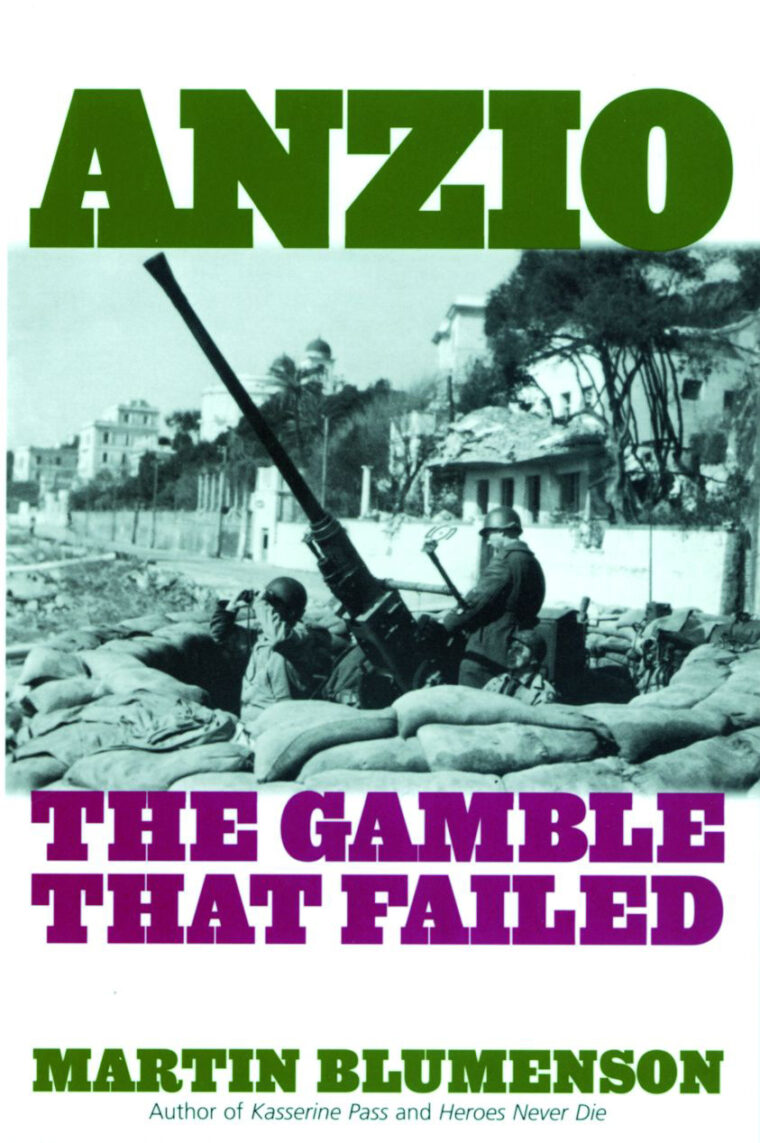 Anzio: The Gamble That Failed by Martin Blumenson, Cooper Square Press, New York, NY, 2001, 212 pp., 4 maps, index, $17.95 paper.
Anzio: The Gamble That Failed by Martin Blumenson, Cooper Square Press, New York, NY, 2001, 212 pp., 4 maps, index, $17.95 paper.
For the first four months of 1944, much of the world’s attention was drawn to a semicircular strip of seashore 15 miles long and seven miles deep, 37 miles south of Rome.
Anzio, the birthplace of Emperor Nero, was for the German defenders in Italy “an abscess” that had to be lanced. For the Italians, it represented the hope of long-awaited deliverance from unwanted occupation. For the 40,000 British and U.S. troops who landed there unopposed in January 1944, it was just another beachhead after North Africa, Sicily, and Salerno.
For British Prime Minister Winston Churchill, who pushed for it after the Allied advance had been stopped cold at Monte Cassino, the Anzio invasion was both a bold thrust into the soft underbelly of Axis Europe and a chance to vindicate himself of a tragic fiasco that had dogged his reputation since 1915: Gallipoli.
However, because of over-caution and command indecision, Anzio almost became another Gallipoli, as Martin Blumenson shows in this searching milestone study distinguished by lean prose, clarity, and understanding. It is a highly polished gem of military scholarship.
The German forces under Field Marshal “Smiling Albert” Kesselring reacted violently to the landing, part of a plan to outflank the Gustav Line and open the road to Rome, and the operation swiftly deteriorated into a bloody stalemate. After achieving complete surprise on January 22, Major General John P. Lucas, commander of the U.S. VI Corps, chose to consolidate the beachhead instead of pushing his British 1st and U.S. 3rd Infantry Divisions toward the Alban Hills and severing German communications between Anzio and Rome. Brutal counterattacks fell upon the British division, and for four months the stretch of shore between Anzio and Nettuno became one of the most bitterly contested areas in WWII.
The Allies came close to being thrown back into the sea.
Replaced on February 23 by the dashing Maj. Gen. Lucian K. Truscott, Jr., the cautious Lucas became the scapegoat for the battle in which each side suffered 30,000 casualties. But author Blumenson is quick to attach blame for the fiasco on the top theater commanders—Field Marshal Sir Harold Alexander, a gentleman who gave his subordinates suggestions rather than direct orders, and Lt. Gen. Mark W. Clark, who chafed against British command and dreamed only of a glorious entry into Rome.
Until the eventual May 23 breakout, as this narrative vividly describes, Anzio was, for the British and American soldiers, a nightmare of incessant enemy bombardment as they struggled to stay alive in soggy slit trenches, seafront villas, canal-bank caves, and pits covered with old doors.
As with Blumenson’s other acclaimed works on Kasserine Pass, General George S. Patton, Jr., Sicily, Salerno, the Rapido River, and the Normandy breakout, his Anzio study is tight, authoritative, and powerful.
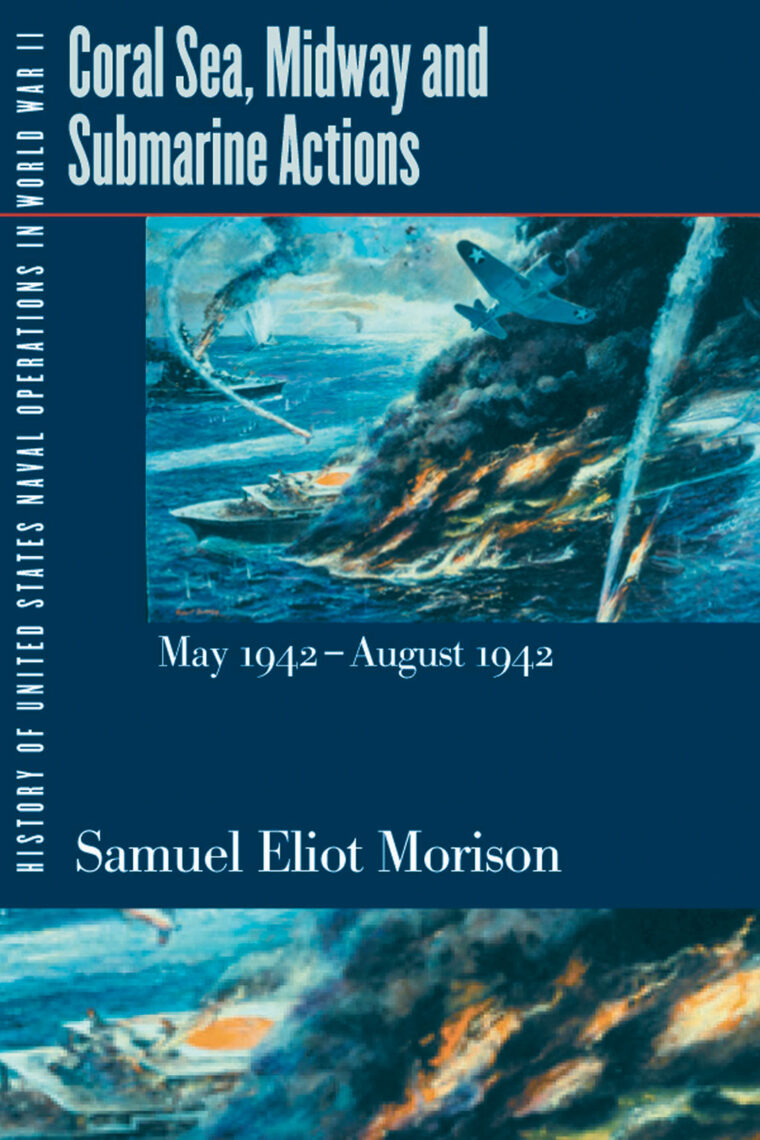 Recent and Recommended
Recent and Recommended
History of U.S. Naval Operations in World War II, Volumes 4, 5, and 6, by Samuel Eliot Morison, University of Illinois Press, Champaign, 2001; 305 pp., 389 pp., and 463 pp., respectively; photographs, maps.
Terse, sinewy, meticulous, and sweeping, Rear Admiral Samuel Eliot Morison’s 15-volume history of the U.S. Navy in World War II was a milestone in the record of 20th-century arms.
Ranging from Pearl Harbor to the North Atlantic, from the Mediterranean to Tokyo Bay, he produced the definitive chronicle of surface, amphibious, underwater, and air actions, with much impressive detail about strategy, tactics, formations, commanders, and weapons.
First published in 1949-1950 and now reissued by the University of Illinois Press, the fourth, fifth, and sixth volumes cover, respectively, the critical battles of the Coral Sea and Midway and submarine actions in May-August 1942; the bitter land, naval, and air struggle for Guadalcanal from August 1942 to February 1943; and the breaking of the formidable Japanese air and naval barrier in the Bismarck Archipelago from July 1942 to May 1944.
Together, these volumes focus on the most critical period of the Pacific War, when the U.S. Pacific Fleet was recovering from the mauling at Pearl Harbor, battling to repel superior and more experienced enemy naval forces, and then going over to the offensive with righteous vengeance.
Admiral Morison’s series has merited a central niche in the annals of WWII.
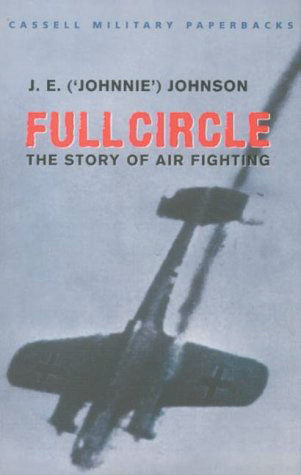 Full Circle by J.E. “Johnnie” Johnson, Cassell & Co., London, 290 pp., 37 drawings, index, $9.95 paper.
Full Circle by J.E. “Johnnie” Johnson, Cassell & Co., London, 290 pp., 37 drawings, index, $9.95 paper.
Air fighting began in the spring of 1914 when four Royal Flying Corps squadrons flew to France and scouted for the British Expeditionary Force.
The slow, fabric-covered, two-seater biplanes were unarmed, but their pilots and observers usually carried rifles or revolvers with which to defend themselves should they be forced down. When they saw German planes also making reconnaissance runs, a crude form of aerial dueling commenced.
Speeds did not exceed 70 miles per hour, and altitudes not more than 4,000 feet. In those early clashes, there was a sense of sharing the same sport, which made a pilot hesitate to shoot down a crippled opponent. Later, of course, this affinity and chivalry between rival airmen disappeared.
Although the technology changed radically, the basic principles and tactics (chiefly the quest for altitude) of air fighting were much the same in WWII as they were over the Western Front in 1914-1918.
Opening with a fascinating overview of WWI in the air, this book by Air Vice Marshal Johnson, the top-scoring Allied ace of WWII, covers with great precision and authority the history of dogfighting in the 20th century.
His emphasis is, of course, on World War II and its most decisive engagement, the 1940 Battle of Britain. He details the buildup of the Luftwaffe, Royal Air Force Fighter Command, and the U.S. Eighth Air Force fighter groups, which stressed teamwork in the air. He also examines the long Western Desert campaign, in which tactical ground-air support was perfected, the generally overlooked ordeal of “unsinkable” Malta through 1941-1942, and the desperate air battles over the Eastern Front. Johnson winds up with a crisp analysis of the air war in Korea, which saw history’s first jet-plane dogfights.
He explains lucidly how air warfare has come full circle, with planes operating singly or in pairs in WWI, later in squadrons and groups, and now, with faster planes and greater altitudes, in smaller formations.
The air marshal notes that while flying out of Langley Field, Va., before flying B-26 reconnaissance missions with the U.S. Air Force in Korea, he checked out in an F-86A Sabre and found that it “handled as beautifully as the Spitfire.”
Of the outstanding fighter pilots in World War II, Johnson gives special mention to the RAF’s “Sailor” Malan, Bob Tuck, Douglas Bader, Mick Mannotk, James McCudden, John Cunningham, and Bob Braham; Americans Don Blakeslee, Don Gentile, Hub Zemke, and John T. Godfrey; and Germans Adolf Galland, Erich Hartmann, Werner Molders, and “Pips” Priller.
Tightly written and highly informed, this chronicle will be savored by all aerial-warfare buffs.
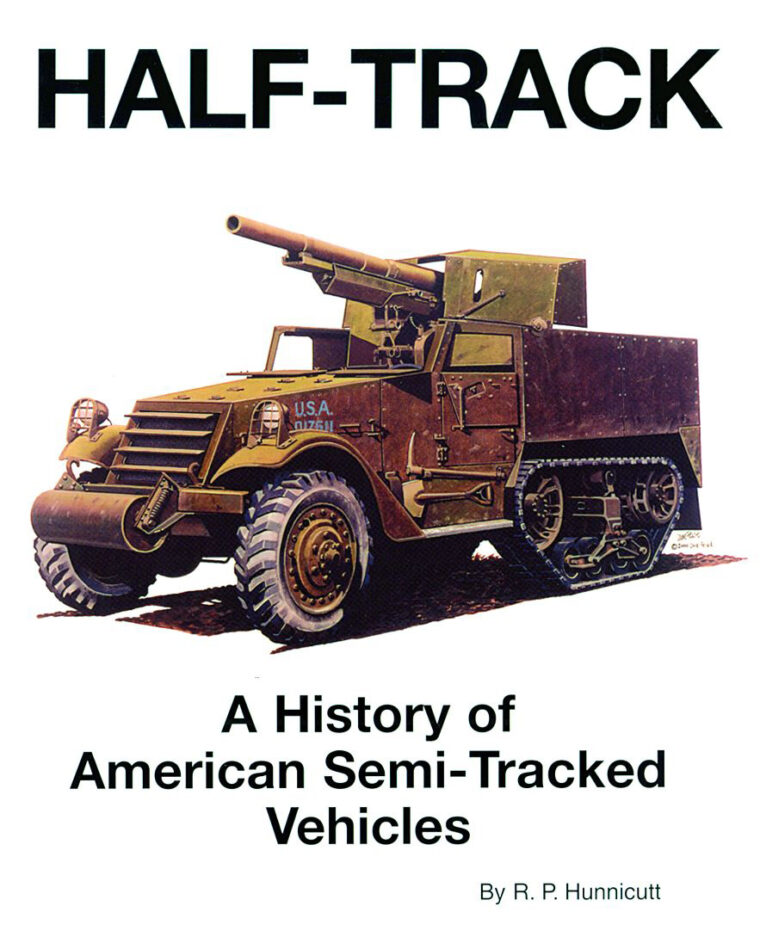 Half-Track by R.P. Hunnicutt, Presidio Press, Novato, Calif., 2001, 240 pp., 534 photographs, 139 line drawings, 7 color plates, index, $80.00 hardcover.
Half-Track by R.P. Hunnicutt, Presidio Press, Novato, Calif., 2001, 240 pp., 534 photographs, 139 line drawings, 7 color plates, index, $80.00 hardcover.
One of the most ubiquitous and versatile combat vehicles of World War II was the American-built armored half-track, which was descended from the early Citroen-Kegresse half-track purchased from France in 1931.
Developed in the late 1930s in response to cavalry demands for a scout vehicle and artillery tractor with good cross-country performance, the half-track was constantly modified and improved so that the U.S. Army, otherwise sadly unprepared, was able to enter the war with a rugged, reliable reconnaissance vehicle.
A total of 53,813 half-tracks were produced, and they performed sterling service in all theaters: North Africa, Sicily, Italy, the Pacific, and throughout Europe.
As R.P. Hunnicutt shows in this finely detailed and lavishly illustrated volume, the half-track served as a scout car, personnel carrier, prime mover for light field artillery, mortar carrier, tank destroyer, ambulance, antiaircraft weapons mount, and command vehicle. Its value in the Allied arsenal was incalculable.
As with Hunnicutt’s previous profiles of the Sherman, Stuart, Pershing, Sheridan, Patton, Abrams, and Bradley tanks, this stunning volume serves a definitive feast of information for war enthusiasts with a fascination for armored formations.
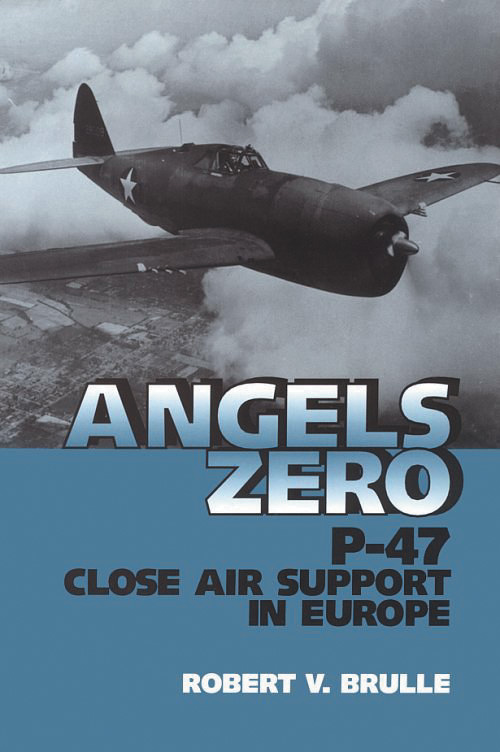 Angels Zero by Robert V. Brulle, Smithsonian Institution Press, Washington, D.C., 2001, 176 pp., 24 photographs, maps, epilogue, notes, index, $29.95 hardcover.
Angels Zero by Robert V. Brulle, Smithsonian Institution Press, Washington, D.C., 2001, 176 pp., 24 photographs, maps, epilogue, notes, index, $29.95 hardcover.
Rugged, stubby, and powered by a 2,800-hp Pratt & Whitney radial engine, the Republic P-47 Thunderbolt was one of the great high-altitude escort fighters of World War II.
It played a significant role in breaking the back of the Luftwaffe in the great air battles over Germany in 1943 as P-47 pilots challenged the best of the enemy fighter force in their Messerschmitt Me-109 and Focke-Wulf FW-190 fighters, and forced them to withdraw.
P-47 “Jugs” of the U.S. Ninth Air Force also distinguished themselves in strafing and dive-bombing missions over Northwest Europe, and in the most dangerous of aerial operations, close support of ground troops.
Robert V. Brulle flew 70 ground-support missions with the 366th Fighter Group, and in this lively, revealing memoir he provides a graphic view of brutal air warfare at “Angels Zero” (sea level). In a factual, plain-spoken narrative, he describes flying column cover for Allied troops in Normandy; the bloody Hürtgen Forest campaign in late 1944, in which his group lost 15 pilots and 18 planes; and the climactic Battle of the Bulge, during which the 366th successfully engaged 60 German planes directly over its airfield.
Drawing upon his diary, interviews, and U.S. and German records, Brulle has ably chronicled close air support operations, a somewhat unheralded aspect of the war.
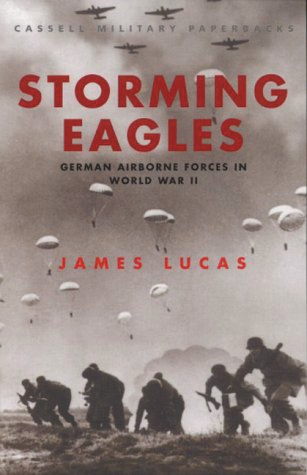 Storming Eagles by James Lucas, Cassell & Co., London, 2001, 400 pp., 32 photographs, maps, chronology, index, $9.95 paper.
Storming Eagles by James Lucas, Cassell & Co., London, 2001, 400 pp., 32 photographs, maps, chronology, index, $9.95 paper.
While the Soviet Union pioneered airborne operations in the 1930s, it was the Germans who put them into practice early in WW II.
On May 10, 1940, 500 Wehrmacht glider troops landed on the “impregnable” Belgian fortress of Eben Emael and overpowered its garrison, while 4,000 paratroops (Fallschirmjäger) dropped around The Hague and Rotterdam in the Netherlands. It was a coup de main that stunned the world.
A year later, 3,000 German paratroops dropped into Crete in the world’s first major airborne operation.
This book, written by a British Army veteran who fought the tough, daring Fallschirmjäger in Tunisia and at Monte Cassino, is a crisp, comprehensive, and enlightening history of the long, brave service in 1939-1945 of the “Storming Eagles”—from Poland to Scandinavia, from Greece to Leningrad, from Rome to Carentan, from the River Maas to Breslau.
They were an elite unit. They fought hard and gave no quarter, and, as Lucas’s fact-filled narrative shows, they paid a terrible price.
Besides its many operations in North Africa and Northwest Europe, the author expertly details the Fallschirmjäger’s training, formations, equipment, and weapons.
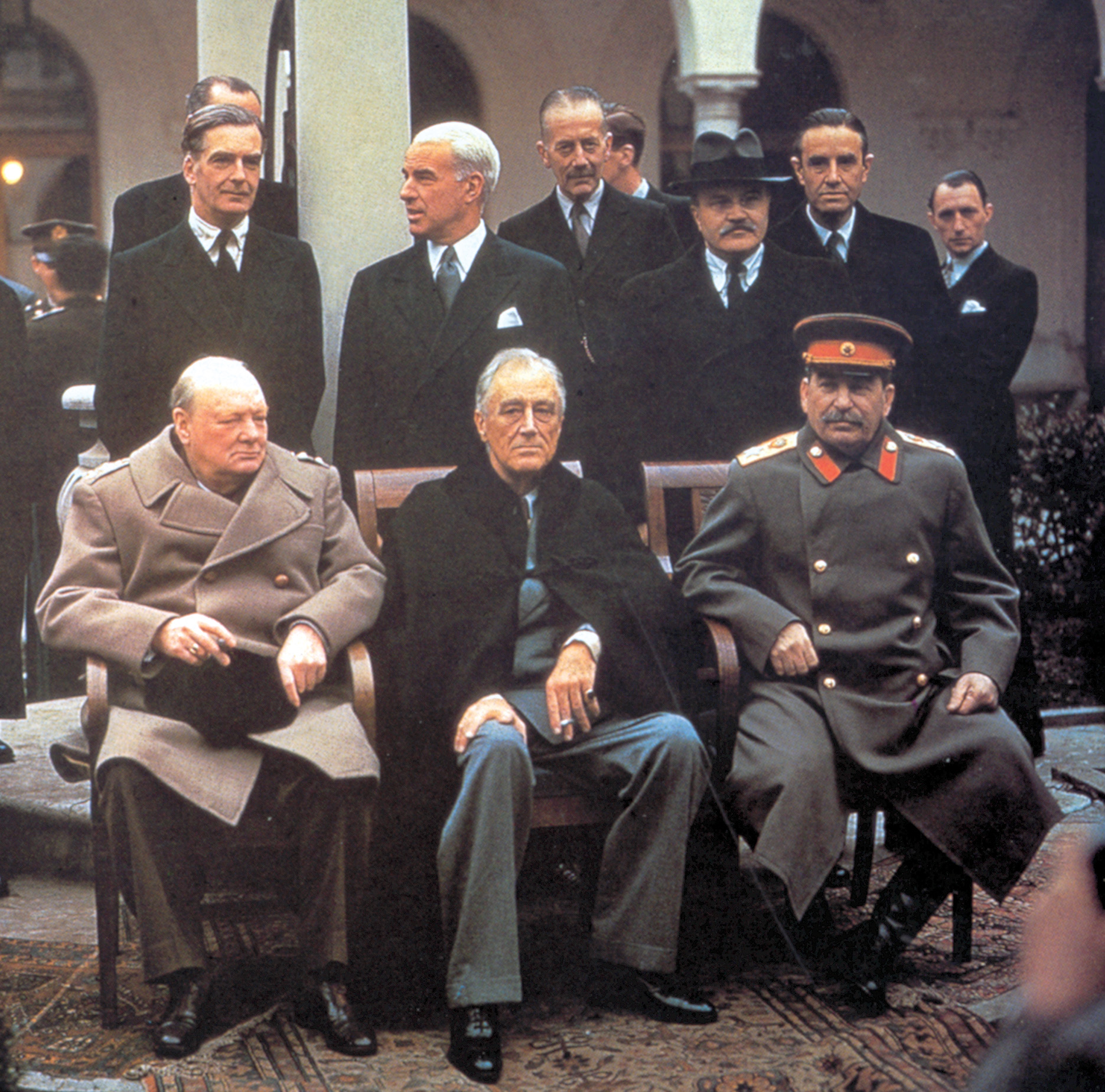
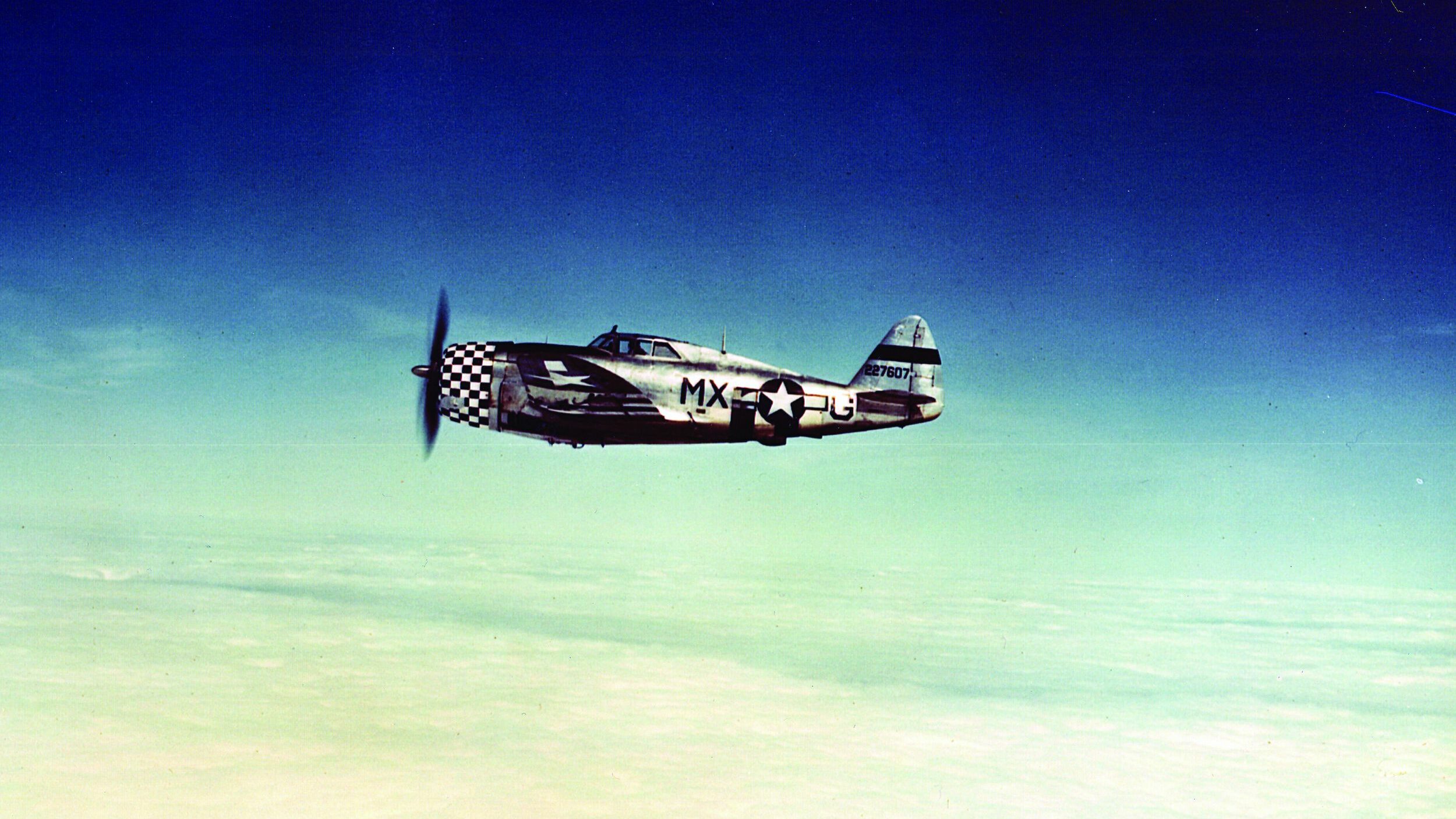
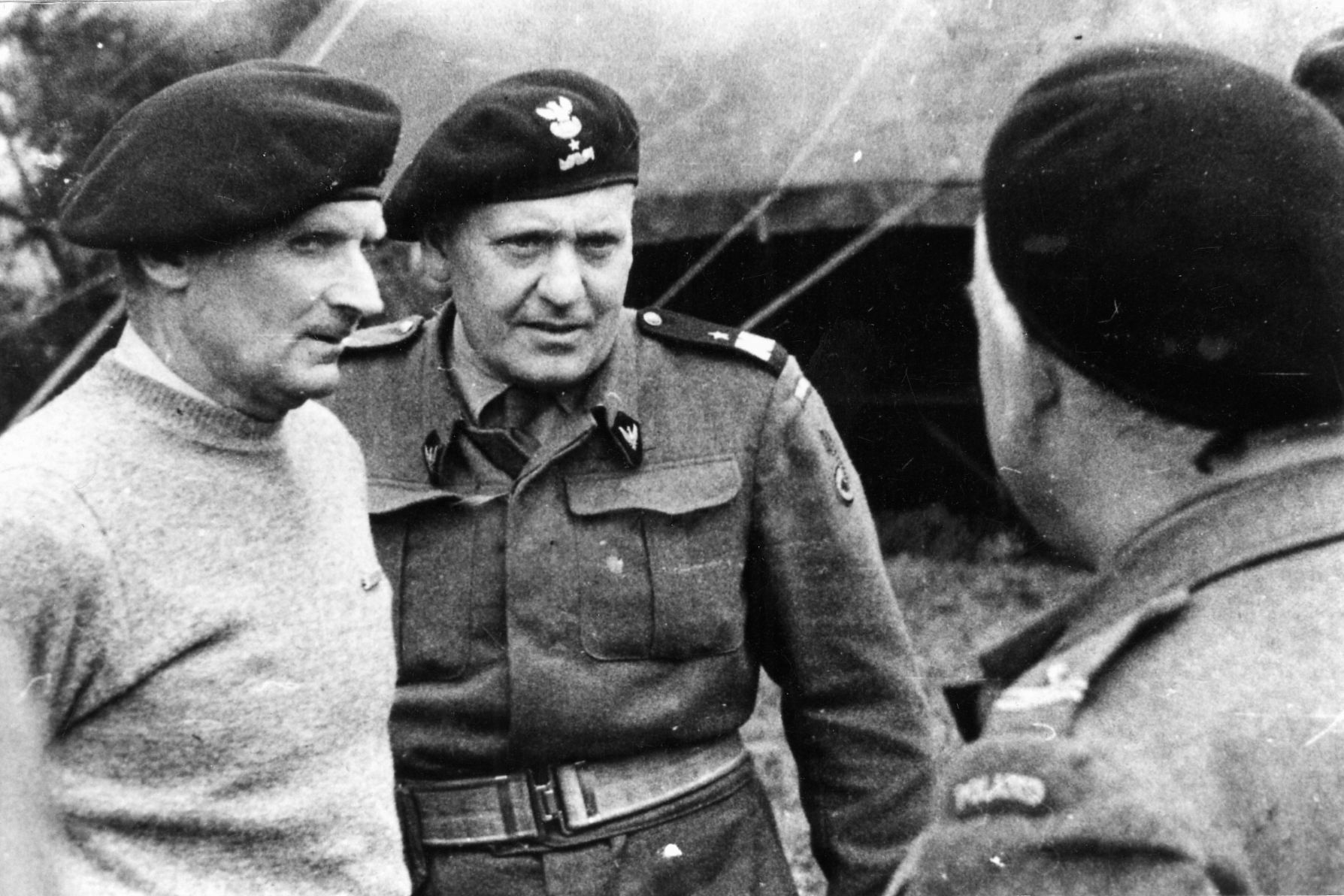
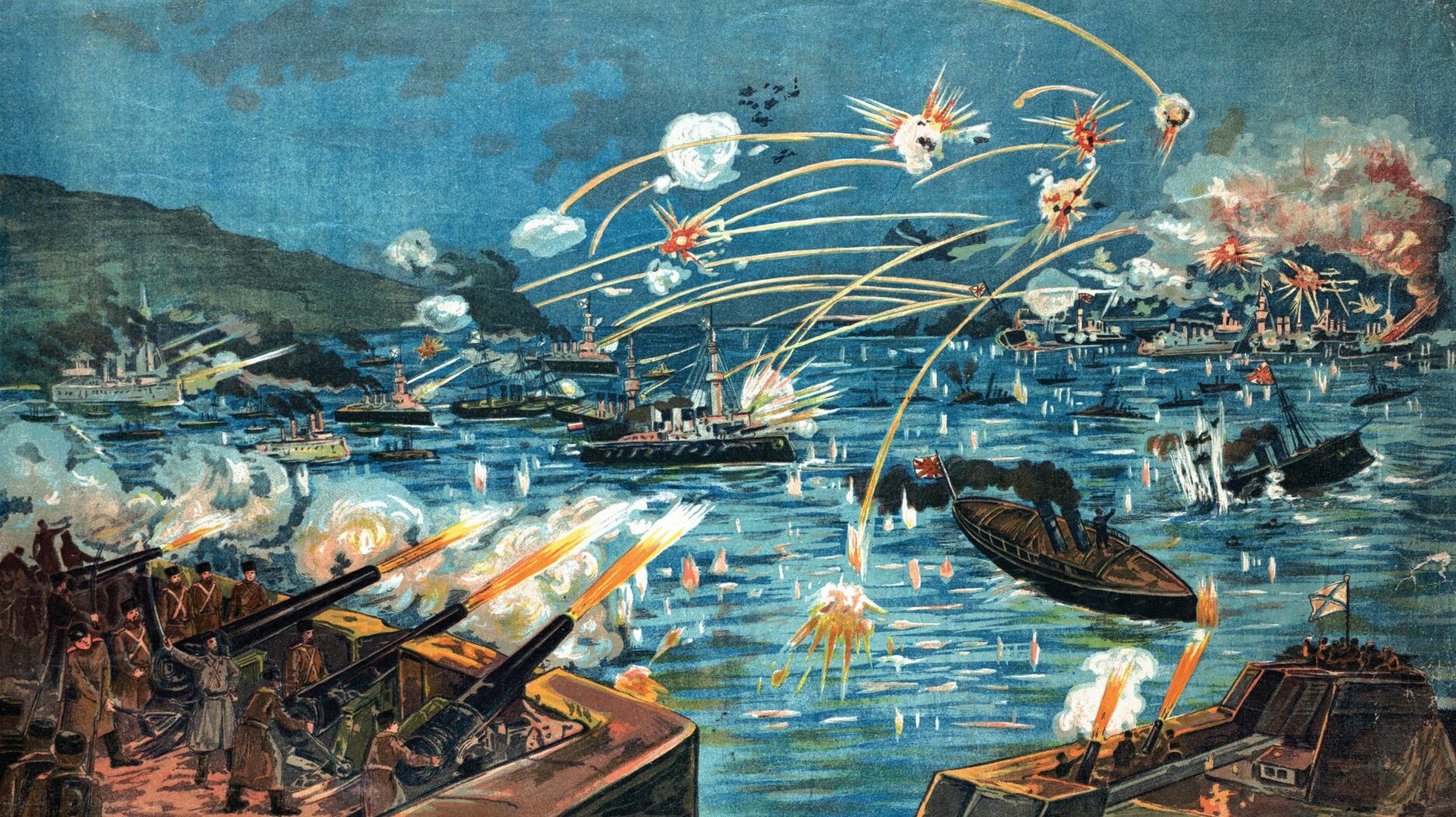

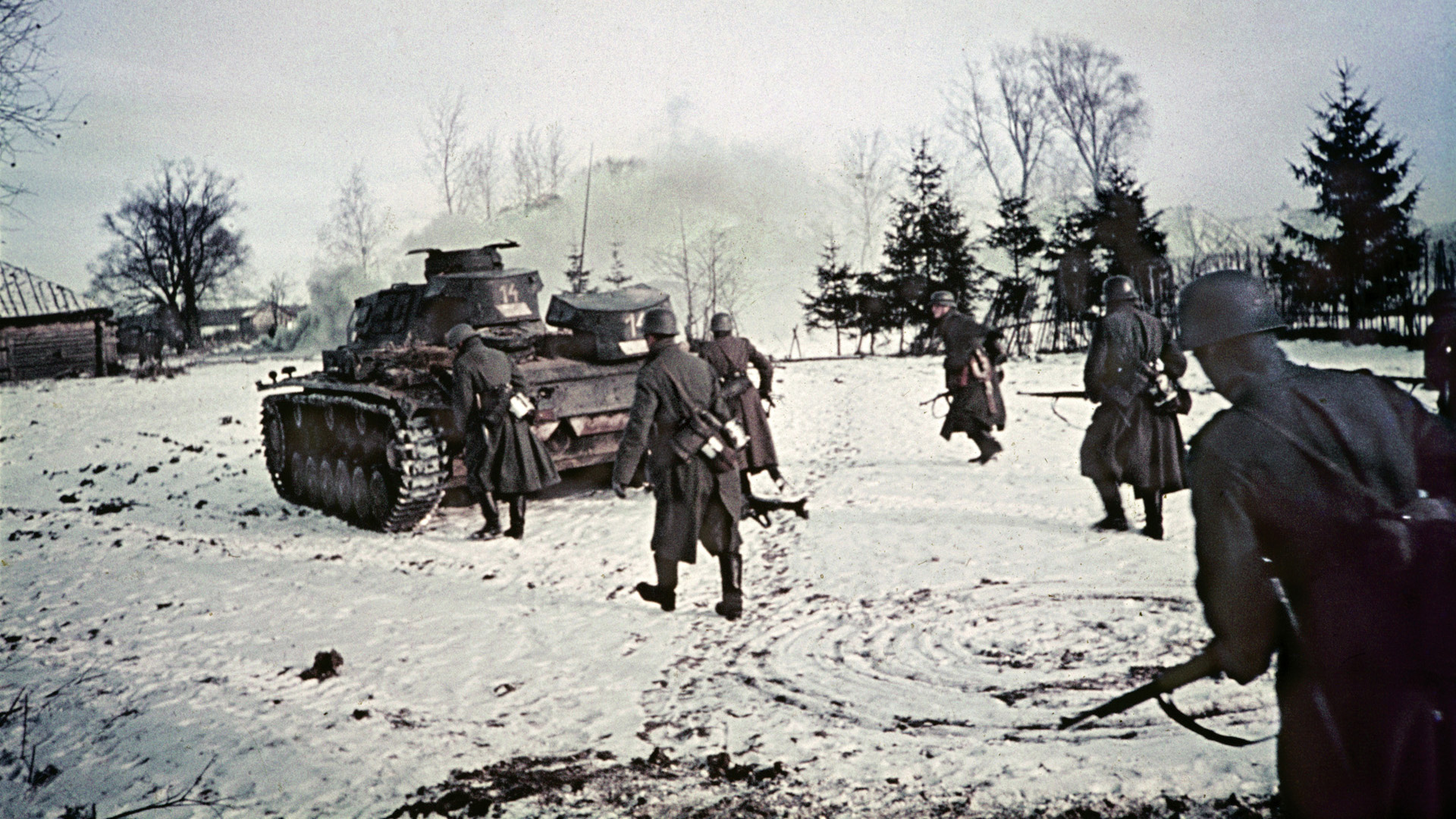
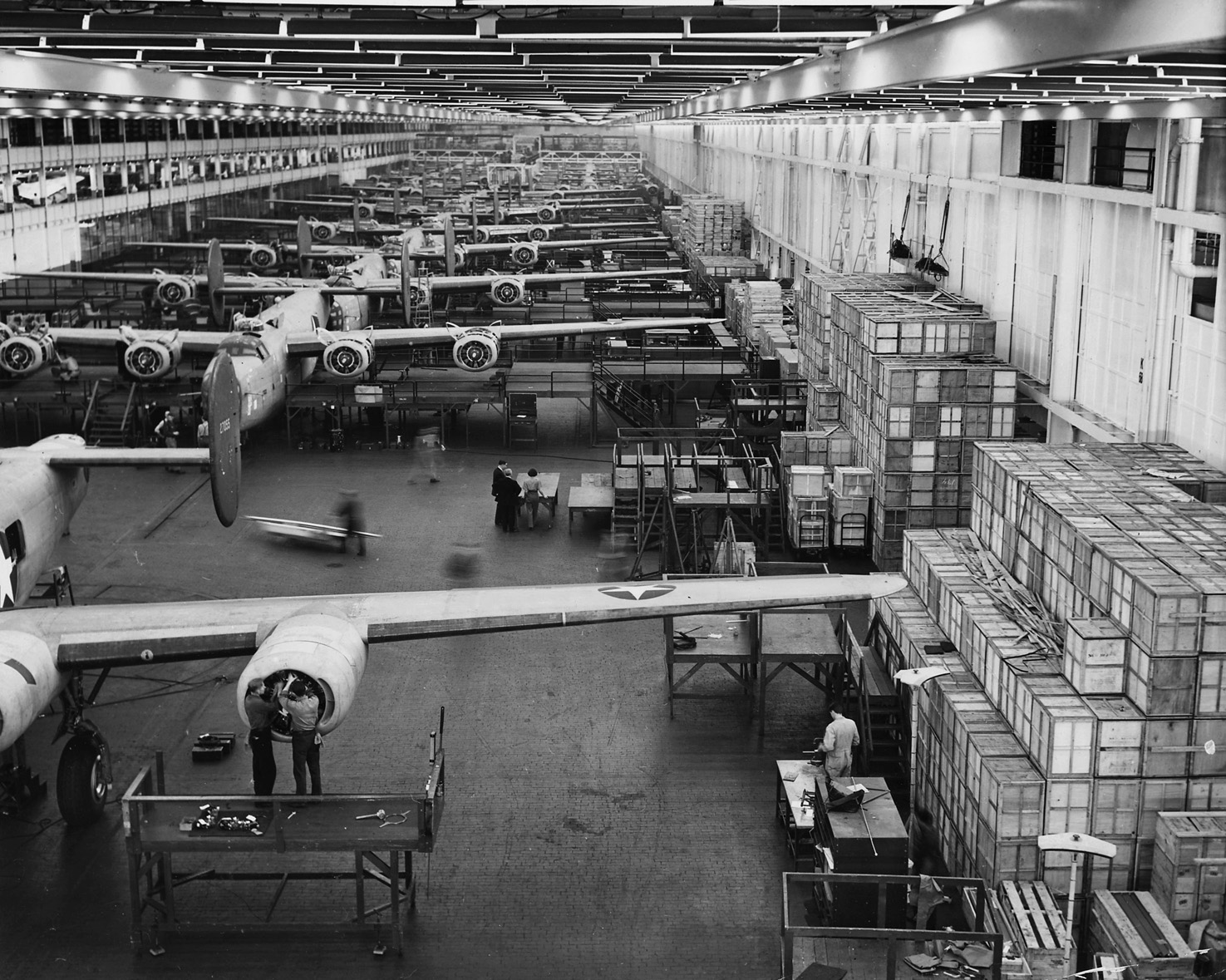
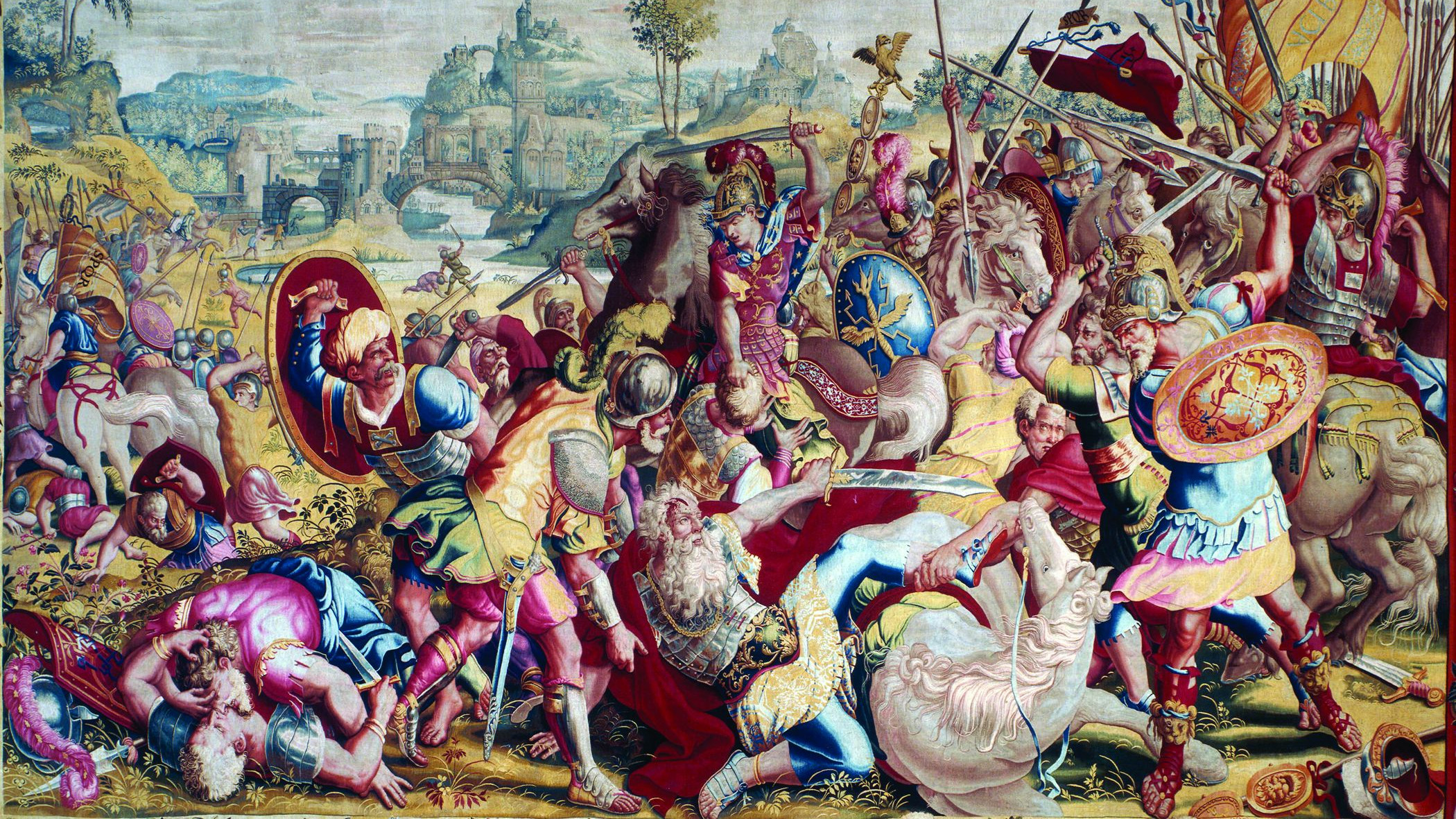
Join The Conversation
Comments
View All Comments